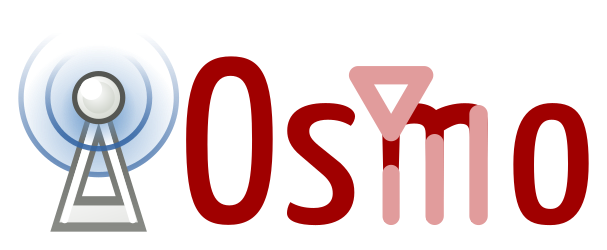Meta
Like most people at the moment because of the lockdown I’ve got a bit more time at home than normal.
Because of this I thought I’d finally dive into GSM/UMTS and all that circuit switched tech you skip out on when getting started with LTE.
Please excuse the loving tone I use when describing some older tech, it’s a result of being a telephony tragic who gets all reminiscent thinking about the first phones they interacted with & wondered about how it all worked…
So why learn GSM?
My best friend is a translator of technical documents. In University, what’s the first language they study? Latin. Because it’s the root of so many languages.
While a lot of carriers have already switched off their GSM networks (There are no public GSM networks in Australia), the core of GSM is essentially shared with that of UMTS / 3G, which is still going to be around for the foreseeable future.
Circuit Switched Fallback (CSFB) is still common today for voice calls for a great many LTE handsets without VoLTE support. GSM powers GSM-R, the rail specific standard of GSM used across Europe. The uplink power of GSM can be up to 8 Watts (while in LTE it’s 20 dBm – 0.1W) which means it’s effective service area could be larger than 3G and 4G air interfaces.
GSM isn’t as dead as it might seem, so let’s have a Weekend at Bernie’s!
Disclaimer: Please let me know if I’ve got anything wrong! These posts will focus on the Omsocom network elements which do handle a few things the “non standard” way.
Platforms
I wrote last week about using YateBTS to get a functional GSM / GPRS network online,
It’s great that it works from a Um interface perspective; your UE / terminal can see and connect to the network. But it’s sort of an all-in-one solution; there’s no Mobile Switching Center, Base Station Controller, Sigtran, HLR or Media Gateway; Yate ties all this up into a single easy to use package.
This gets you on the air in no time, but unfortunately you don’t get exposed to how GSM / UMTS works in the real world – real networks don’t look like YateBTS NITPC.
Enter Osmocom
Osmocom (and the Sysmocom team driving many of the projects) have done a phenomenal job of building each of the network elements I just talked about pretty much “by the book”, meaning most should interop with commercial equipment and comply to the standards.
Over the next few weeks I’ll cover setting up each of the network elements, talking about what they do and how they work, and use them to create a functional GSM network (2G / Circuit Switched) using the software from Osmocom.
Once we’ve got our network functional we’ll be adding SMS, Data (GPRS / EDGE), USSD codes and even inter-RAT handover with LTE.
For this series of posts I’ll be using a mix of hardware. At the start I’ll be using a Software Defined Radio (LimeSDR) to do the RF side of the network (BTS). Osmocom has support for a lot of common SDR hardware, so hopefully for anyone wanting to follow along at home you’ll have access to a LimeSDR or USRP.
Osmocom supports many commercial BTS vendors products, as well as Sysmocom’s hardware, hardware from Range Networks. Osmocom also supports the NanoBTS range from ip.access – which are available second hand quite cheaply, which I’ll be adding to our network as well.
So buy some cheap programmable SIM cards, grab your SDR hardware or order cheap second hand GSM BTS online, and let’s get building a GSM network!
Topics Covered
I’ll update the links in here as I publish these posts, I may forget so if there’s something missing search the site or drop me a line.
My Osmocom Config Files on GitHub
Radio Access Network
BTS In Practice with LimeSDR & osmo-bts-trx
The Base Station Controller (BSC)
Integrating our LimeSDR BTS with OsmoBSC
Integrating an ipaccess NanoBTS with OsmoBSC
Switching & Signaling
Home Location Register (HLR) (with EIR & AuC)
The SS7 Signaling Transfer Point
SMS Routing
Distributed GSM
Cell Broadcast Center
External USSD Interfaces
Data Services
Gateway GPRS Support Node
Call Flows & Handovers
Basic GSM Calls
Basic GSM SMS
Basic GSM Packet Bearers
Inter BSC
Inter MSC

I like what you trying to do, I will read your posts because looks great.
Best regards.
Bonjour monsieur je suis entrain de faire des recherches sur le projet osmocom mais j’ai pas de matériels SDR ni de sysmocom je veux juste travailler sur faktrx Osmo bts et osmocom-bb
Will the remaining topics be completed eventually, such as SMS Routing through voIP?
Hi, SMS Routing through VoIP is not a feature of GSM – GSM uses MAP for SMS routing.